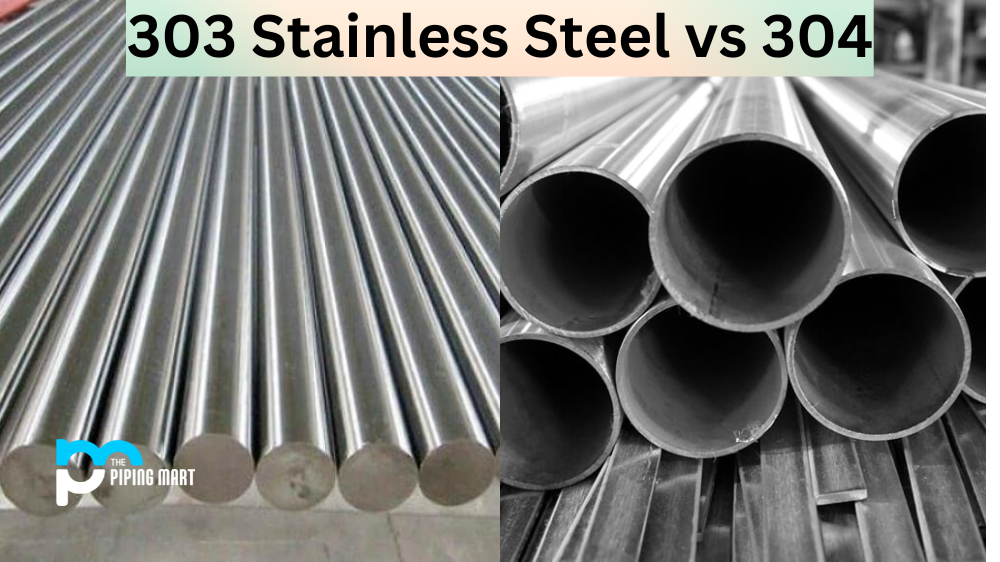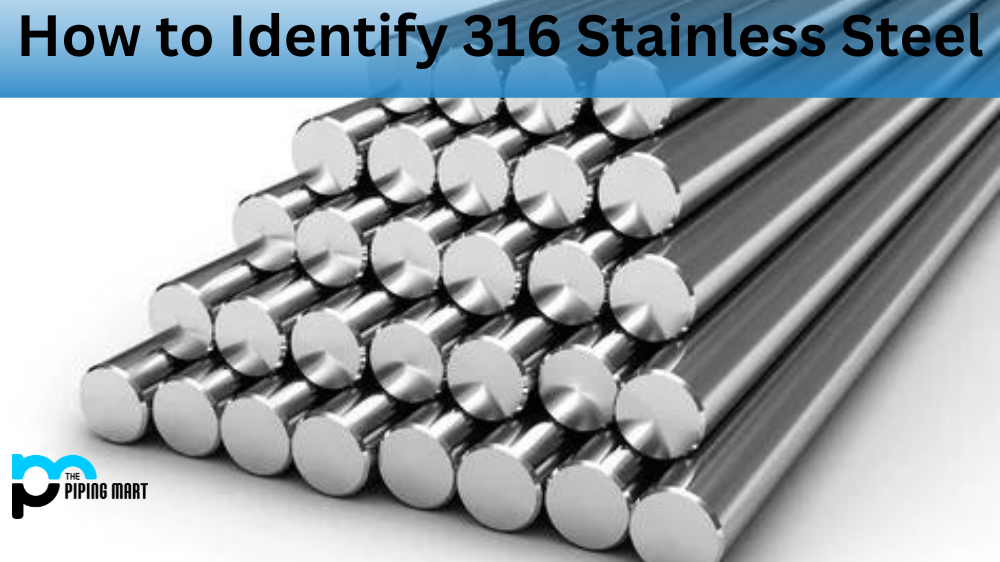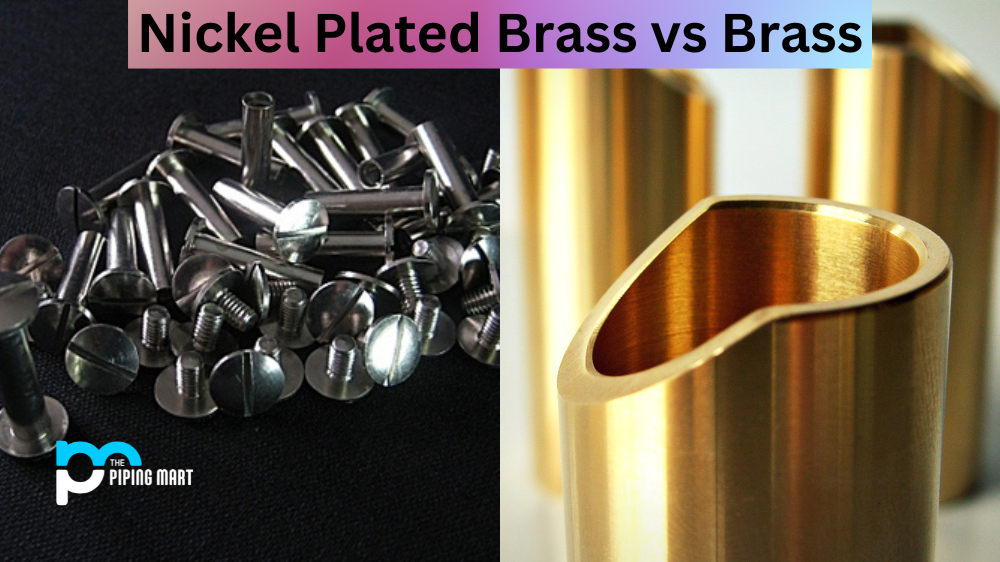As a manufacturer or designer, selecting the right type of stainless steel can be the difference between a mediocre product and an exceptional one. Therefore, it’s essential to understand the varying properties and characteristics of each type of stainless steel. Today, we will discuss the differences between two popular options- 303 and 304 stainless steel.
What is 303 Stainless Steel?
303 stainless steel is a free-machining grade of stainless steel, which means it can be easily shaped, cut, and formed with metalworking tools. It contains sulfur to enhance its machinability and is ideal for creating complex shapes in large quantities. This type of stainless steel is commonly used in manufacturing, medical and aerospace industries. However, it has a lower corrosion resistance level than 304 stainless steel, making it more susceptible to pitting and rusting and unsuitable for use in highly corrosive environments.
What is 304 Stainless Steel?
304 stainless steel is austenitic and well-suited for strength and corrosion resistance applications. It has excellent corrosion resistance and is often used in the food and beverage industry and architectural projects because of its ability to withstand outdoor elements. When exposed to high temperatures, 304 stainless steel retains its strength, making it ideal for high-temperature applications, such as nuclear power plants. However, it is not recommended for environments containing sulfuric or chloride-containing materials as they are susceptible to corrosion.
Difference Between 303 Stainless Steel and 304
Chemical Composition
The chemical composition of alloys is also a differentiating factor between 303 and 304 stainless steel. 303 stainless steel contains less chromium and nickel than 304 stainless steel. Its composition includes 17-19% chromium, 8-10% nickel, and 0.15% sulfur. On the other hand, 304 stainless steel contains 18-20% chromium, 8-10% nickel, and up to 0.08% carbon.
Weldability
Regarding weldability, 304 stainless steel has better weldability than 303 stainless steel. 303 stainless steel is not commonly used for welding as it contains sulfur that can cause cracking or corrosion in the weld. Whereas 304 stainless steel has excellent weldability, making it an ideal choice.
Cost
Finally, the cost difference between the two grades of stainless steel could also be a factor when selecting the right one for a particular application. Due to its ease of machining, 303 stainless steel is usually less expensive than 304 stainless steel. However, this could vary depending on the specific application and quantities required.
Conclusion
Despite being in the same family of stainless steel, 303 and 304 stainless steel differ in several ways, including their composition, properties, and cost. While 303 stainless steel is an ideal choice for complex machining, 304 stainless steel is a better option for applications that require higher corrosion resistance and weldability. Selecting the right grade of stainless steel for the application is essential to ensure that the final product meets all the requirements and that the customers are satisfied with the outcome.

A passionate metal industry expert and blogger. With over 5 years of experience in the field, Palak brings a wealth of knowledge and insight to her writing. Whether discussing the latest trends in the metal industry or sharing tips, she is dedicated to helping others succeed in the metal industry.




